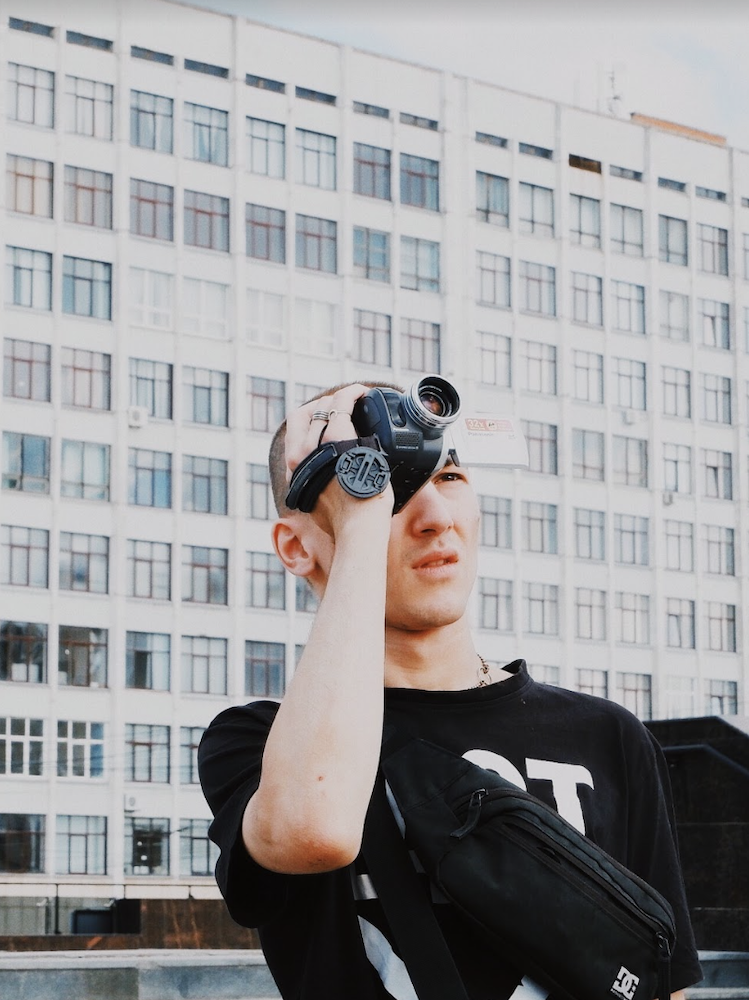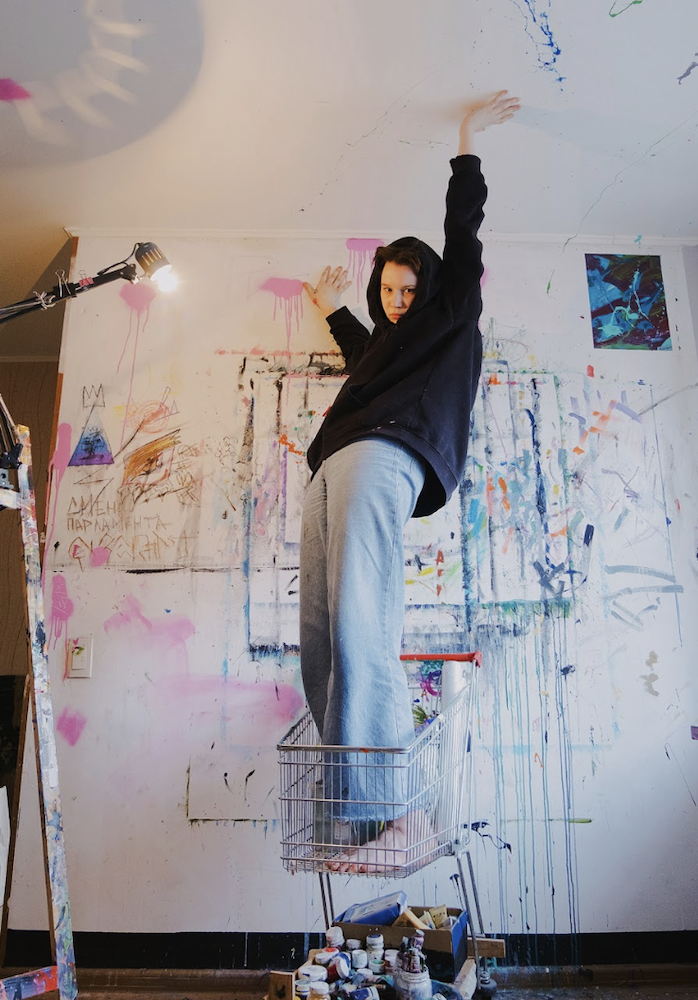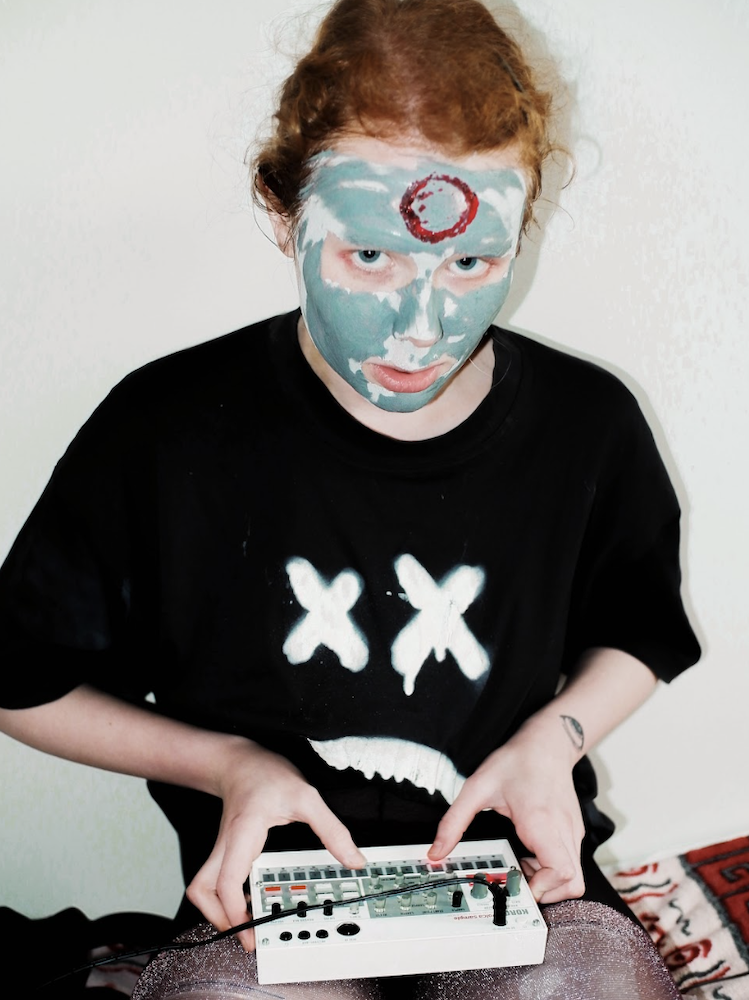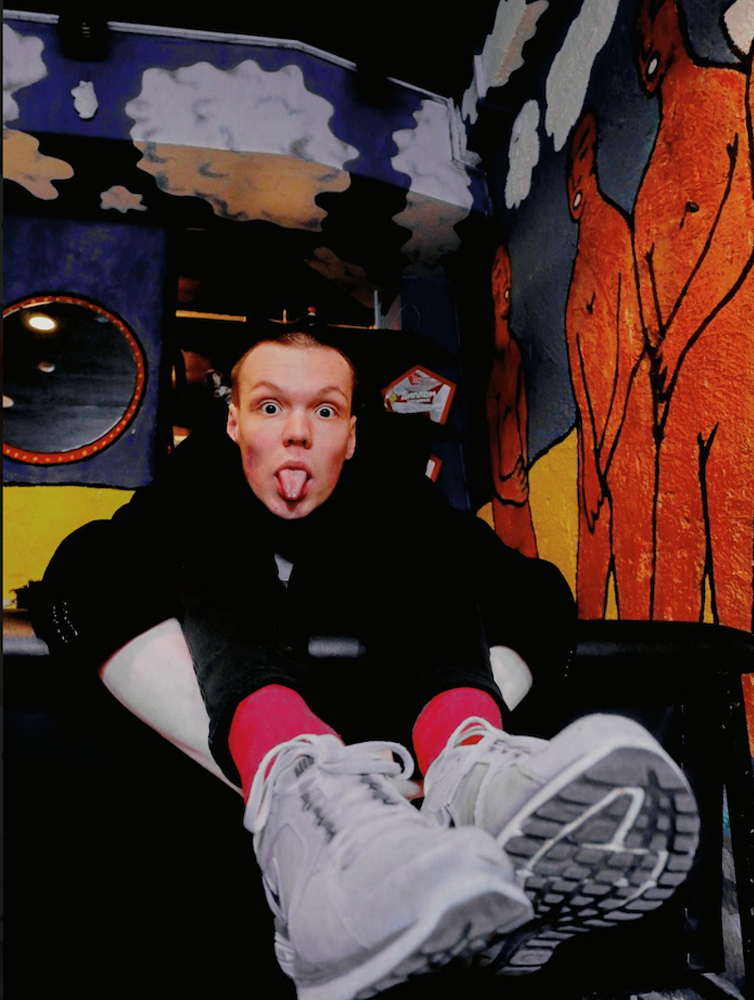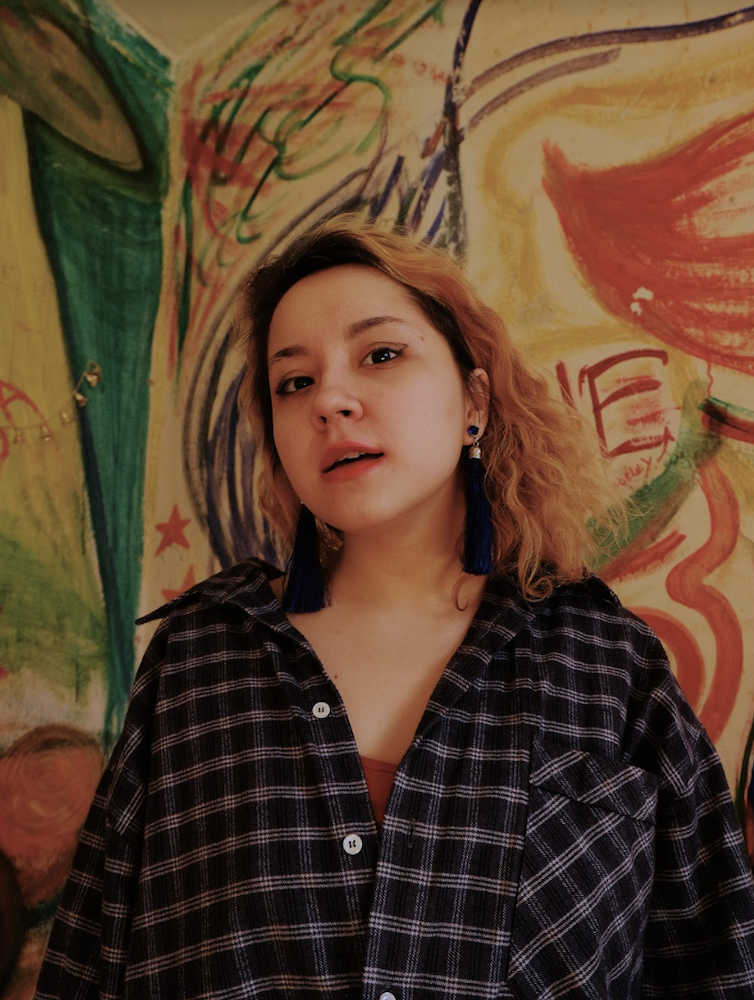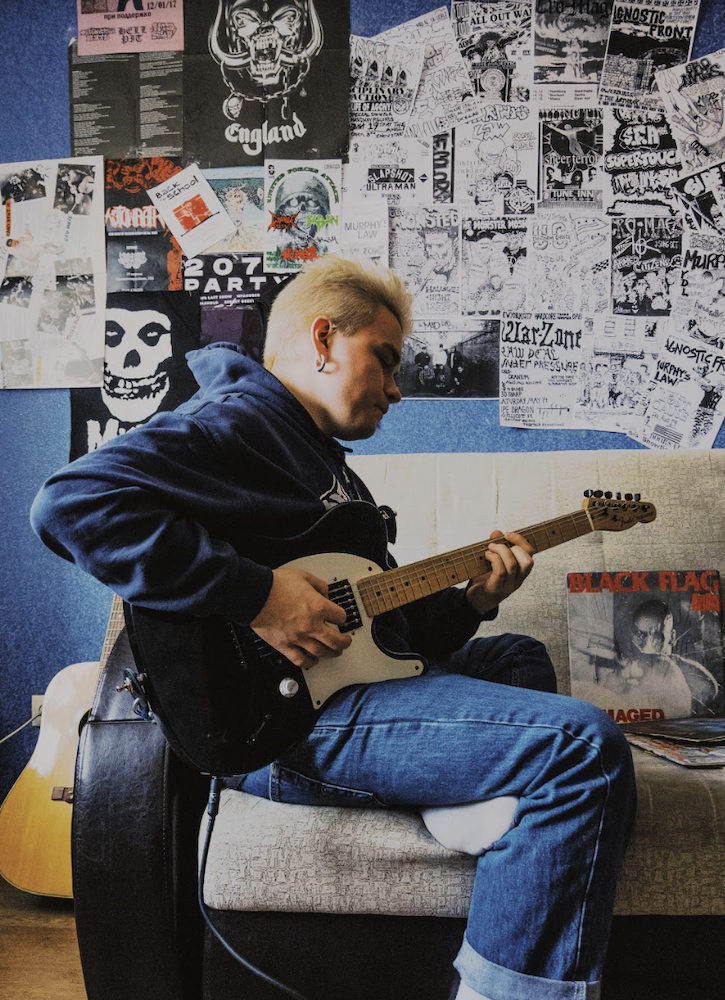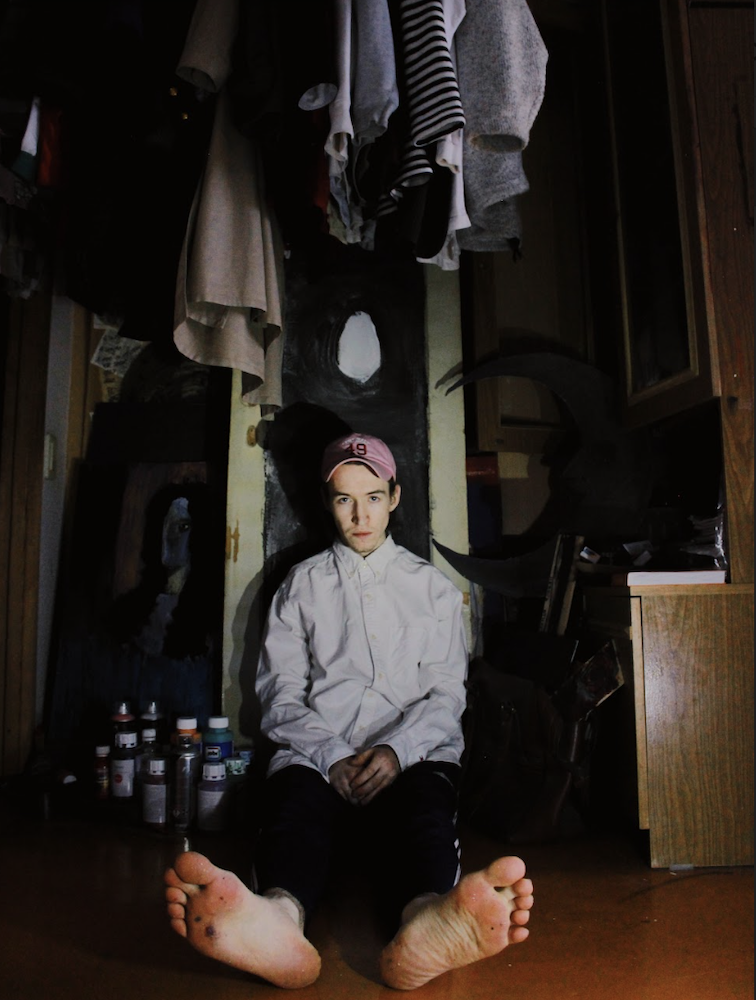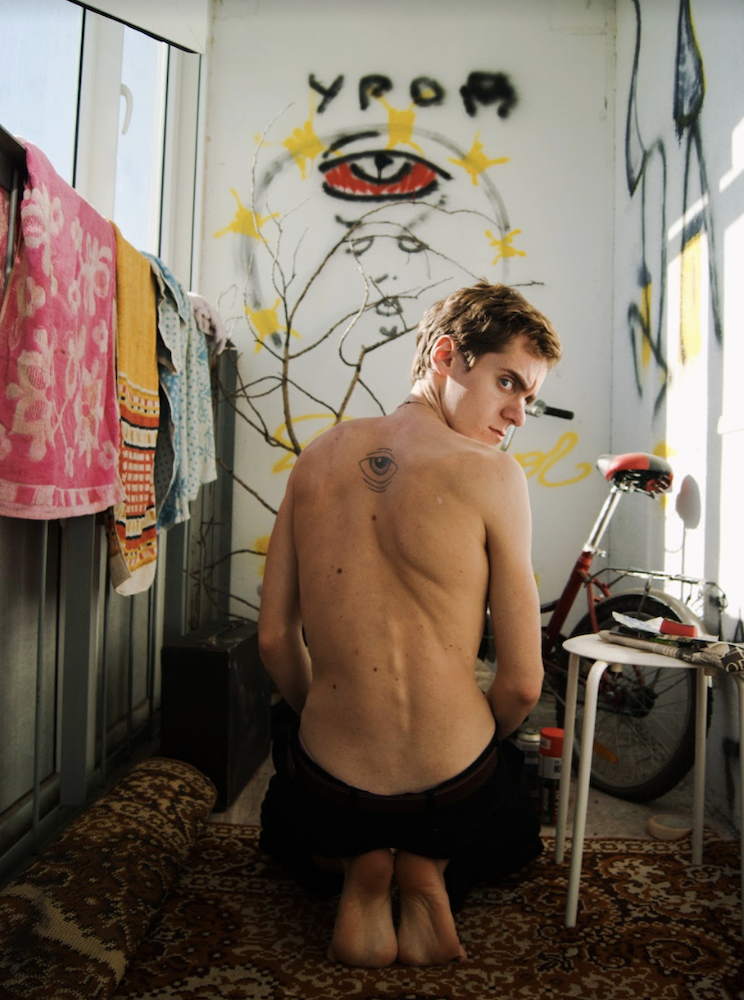Changing Chelyabinsk: the search for happiness in Russia’s ‘most depressing city’
The Russian city of Chelyabinsk made the news in 2013 when a 13,000-tonne meteor exploded above its streets. But its moment in the limelight disappeared as quickly as the meteor itself, and Chelyabinsk was left to face its more pressing, earthly problems: extreme pollution, unemployment, and long-term economic decay. Two million people live in Chelyabinsk; in Russia the city has become synonymous with post-industrial depression. Common jokes even pitch the city as a pre-prepared dystopian movie set, using the thick black smoke that billows from factory chimneys as a quintessential horror film backdrop.
Photographer Masha Grigoryeva is all too aware of that narrative. For her project, Scream Louder My Friend, she took portraits of other young Chelyabinsk natives in their own restless pursuit of happiness in a place many write off as hopeless.
Grigoryeva and her friends in Chelyabinsk inherited a difficult urban reality, combining both a complex cultural legacy and economic frustration.
At the end of the 19th century, Chelyabinsk was the gateway to Siberia, a thriving commercial centre that was Russia’s primary trader in bread and secondary in imported tea. The construction of the Trans-Siberian railway boosted the city’s economy to such an extent that it was commonly referred to as the Chicago of the Urals throughout the early 20th century. By the 1930s, Stalin’s industrialisation plan came into force. Six new factories were constructed in Chelyabinsk in less than a decade, defining Chelyabinsk’s place in the Soviet Union’s industrial heartland.
But that image crumbled in the 1990s, when the Soviet state collapsed. While state-managed industries struggled to adapt to the market economy, unemployment, poverty, and crime took hold, a potent and chaotic mix spiced up with an unprecedented influx of hard drugs. During the 00s, Chelyabinsk quickly became notorious as one of Russia’s most dangerous and depressed cities, a metaphorical dystopian nowhere that spawned a thousand memes. You can get a real sense of the hopelessness in Chelyabinsk by listening to Triagrutika, a local hip-hop group from the mid 2000s that pioneered the local underground rap scene, still believed to produce some of the most candid and fierce rap in Russia.
Mostly aged between 19 and 27, Grigoryeva’s subjects are creatives experimenting with music, sound-design, poetry, theatre, painting, and art, all disciplines rarely celebrated or explored in Chelyabinsk.
“There is nothing to be gained here, so there is nothing you can lose. All that’s left is to experiment,” says one pictured artist, Roma Sakhapov. Art in Chelyabinsk is hidden and sporadic, Grigoryeva says, and artists lack financial support and struggle against official conservatism. Yet creatives feel empowered by the kinship of their close-knit community and by the chance to explore their own niche: creative competition is lower here than in major cities. Many Chelyabinsk artists enjoy being the trailblazers, like set designer Maria Kirilova. She creates designs for exhibitions and parties.
For many of Russia’s provincial artists, Moscow’s creative sphere has an almost inescapable pull. But Grigoryeva believes that the vast distances between Russia’s regions and the capital can be overcome — if only artists can make themselves heard. The sentiment ultimately inspired the project’s title. “We do everything ourselves. We make music, organise parties, design DIY posters, and tickets. We don’t complain about the lack of fun, freedom, or money,” says Grigoryeva. She compares Chelyabinsk to a thrift shop where its people are hidden gems.
Andrey Proshin, a 24-year-old furniture maker and activist agrees: “Chelyabinsk won’t get any better if we just leave,” he says. Nastya Sardina, an actress at the local theatre, says she would rather live and build a career in Chelyabinsk than move to Moscow and struggle to pay rent. Together with Arseniy Zykovsky and Alexey Galimov, she works at the Mannequin theatre, an experimental studio that has been operating since 1996. It is, quite literally, underground, located in a basement on one of Chelyabinsk’s central streets. All three work as actors: Galimov also acts as composer and light and sound designer, while Zykovsky will soon premiere as a director and playwright. In Chelyabinsk, 3-in-1 is not just a Russian instant coffee brand, they joke, but an apt description of local creativity.
Such venues and their multi-talented staff dispel stereotypes of Chelyabinsk as uncultured or uncouth. Many artists draw their inspiration from the spirit of local people, like musician and promoter Dima Pekar, who describes his neighbours as “straightforward and honest”. Nineteen-year-old painter Sonya Chudomishe hails Chelyabinsk natives as “unafraid of the new”.
That doesn’t mean that those who choose to stay in Chelyabinsk don’t face difficulties. Denis, a 21-year-old musician says he has a constant blocked nose and difficulties breathing due to the city’s devastating pollution problem. Meanwhile, Ivan Shishkin, a skater and the owner of an independent brewery, tells stories of urban infrastructure in terrible decay. “Empty beer cans thrown alongside shabby fences with the paint peeling off, and the smoking chimneys on the horizon, constantly bring you back to reality. And that means unpaid bills and cold buses,’ Shishkin says.
Many feel that the difficulties facing Chelyabinsk are beginning to look not so different from the issues facing Russia as a whole: low salaries, a lack of career opportunities, and a decaying political system. “Russia is stagnating. The current government promotes conservative ideas. Liberal activists are under pressure. Civil security and freedoms are not guaranteed. It hurts to see people fighting for their rights and freedoms tortured and arrested,” says 27-year-old artist Roma Sakhapov.
Yet, more than anything else, Grigoryeva and her community are determined to fight for their small corner of the world. No matter the circumstances, “we are the creators of our reality.”
